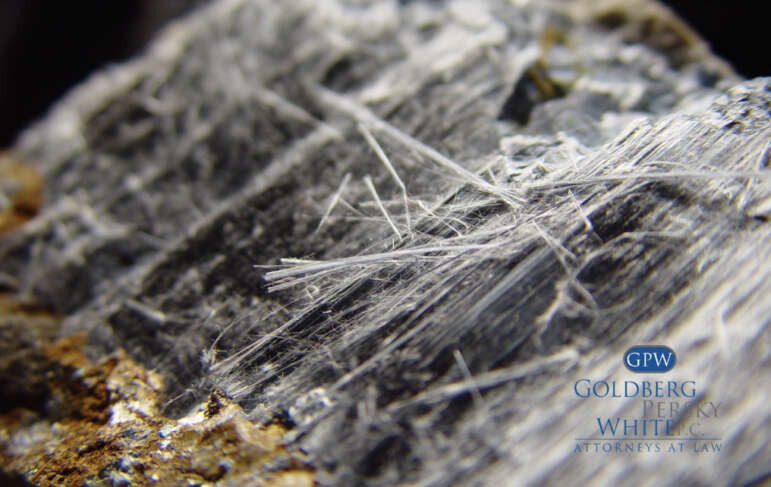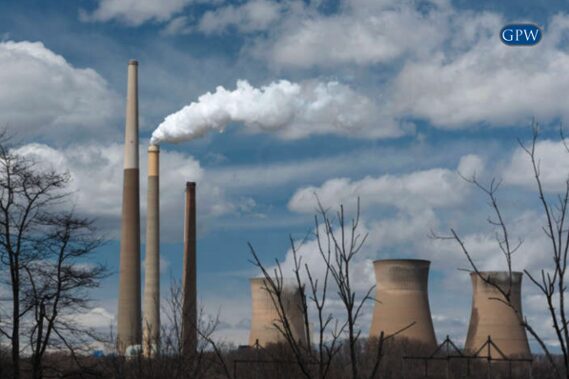Total Asbestos Ban Enacted by the EPA
The Environmental Protection Agency recently announced a total ban on asbestos. Asbestos is a deadly carcinogen that kills tens of thousands of Americans every year but is still used in different industries. The ban comes after a major expansion of EPA regulation under a landmark 2016 law that overhauled regulations governing tens of thousands of toxic chemicals in everyday products like household cleaners, clothing, and furniture. This new rule would ban chrysotile asbestos, the only asbestos type that is still used in the United States. It is often found in brake linings and gaskets and can be found in the making of chlorine bleach and sodium hydroxide.
The new law in 2016 allowed for new rules for tens of thousands of toxic chemicals. These chemicals can be found in everyday products. Some of the chemicals include asbestos and others like trichlorethylene which have been known for decades to cause cancer and have been unregulated for years. The new law is known as the Frank Lutenberg Chemical Safety Act. It helps clear up state rules governing chemicals and updates the Toxic Substances Control Act, a 1976 law that remained unchanged for over 40 years.
The EPA banned asbestos in 1989, but the rule was largely overturned by an appeals court decision that weakened the EPA’s authority. The 2016 law required the EPA to evaluate chemicals and create protections against unreasonable risks. Asbestos was once common in home insulation and other products, and has been banned in over 50 countries, but the use of the carcinogen has declined over the decades. The only known form of asbestos to be imported is chrysotile asbestos, which is mostly imported from Brazil and Russia. Most of the products that once contained asbestos are no longer sold.
There are still eight chlor-alkali plants in the United States that use asbestos diaphragms to produce chlorine and sodium hydroxide. They are mostly located in Lousiana and Texas. Asbestos diaphragm use has declined and only accounts for one third of the chlor-alkali production in the United States.
The new rule will ban asbestos for chlor-alkali production as soon as the rule is published. The ban will be phased for five or more years to provide what the agency called “a reasonable transition period.” There will be a ban on most other forms of asbestos in two years. A ban on asbestos in oilfield brake locks, aftermarket automotive brakes and linings and other gaskets will take effect in six months. Asbestos containing sheet gaskets will be allowed to be used until 2037 at the U.S. Department of energy’s Savannah River Site in South Carolina to ensure nuclear materials can be disposed of safely and on schedule.
The EPA is also separately evaluating legacy asbestos in older buildings to determine health risks which should be complete by the end of the year.
This should not have any effect on current asbestos litigation. Asbestos takes a long time to cause mesothelioma, so people diagnosed with mesothelioma today were exposed to asbestos a long time ago. People are still being exposed to asbestos and will continue to be diagnosed with mesothelioma.
If you were recently diagnosed with lung cancer or mesothelioma due to asbestos exposure, contact us today at 412-471-3980 or fill out our contact form to speak to a member of our team. We will do everything we can to try to get you the compensation you deserve.




